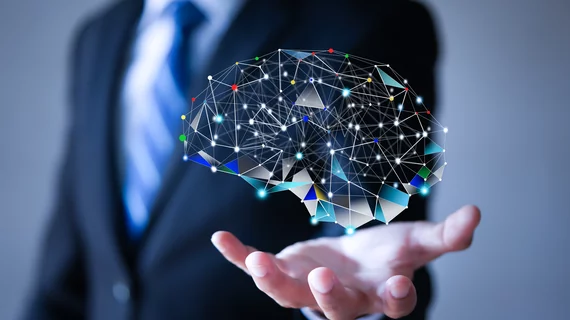Radiologists, AI an accurate combination for detecting breast cancer
Working alongside machine learning technology can help radiologists detect more breast cancers, according to new findings published in IEEE Transactions on Medical Imaging.
Researchers trained their advanced AI system with a dataset of more than 229,000 screening mammograms and more than one million images overall. Twelve attending radiologists, one resident and one medical student were then asked to read 720 screening mammograms, providing a “probability estimate of malignancy on a 0%-100% scale for each breast.”
The AI system achieved an area under the ROC curve (AUC) of 0.876. The readers, meanwhile, achieved a range of AUCs from 0.705 to 0.860, with a mean AUC of 0.778. Combining the AI system with the 14 readers, however, led to an average AUC of 0.891.
“Our study found that AI identified cancer-related patterns in the data that radiologists could not, and vice versa,” senior author Krzysztof J. Geras, PhD, department of radiology at the New York University School of Medicine, said in a prepared statement. “AI detected pixel-level changes in tissue invisible to the human eye, while humans used forms of reasoning not available to AI. The ultimate goal of our work is to augment, not replace, human radiologists.”
The researchers said the next step of their research will include training the AI system on additional data, including a wider variety of findings. They also noted there is still a long way to go until these advanced technologies are being used regularly throughout the medical landscape.
“The transition to AI support in diagnostic radiology should proceed like the adoption of self-driving cars—slowly and carefully, building trust, and improving systems along the way with a focus on safety,” lead author Nan Wu, NYU Center for Data Science, said in the same statement.

